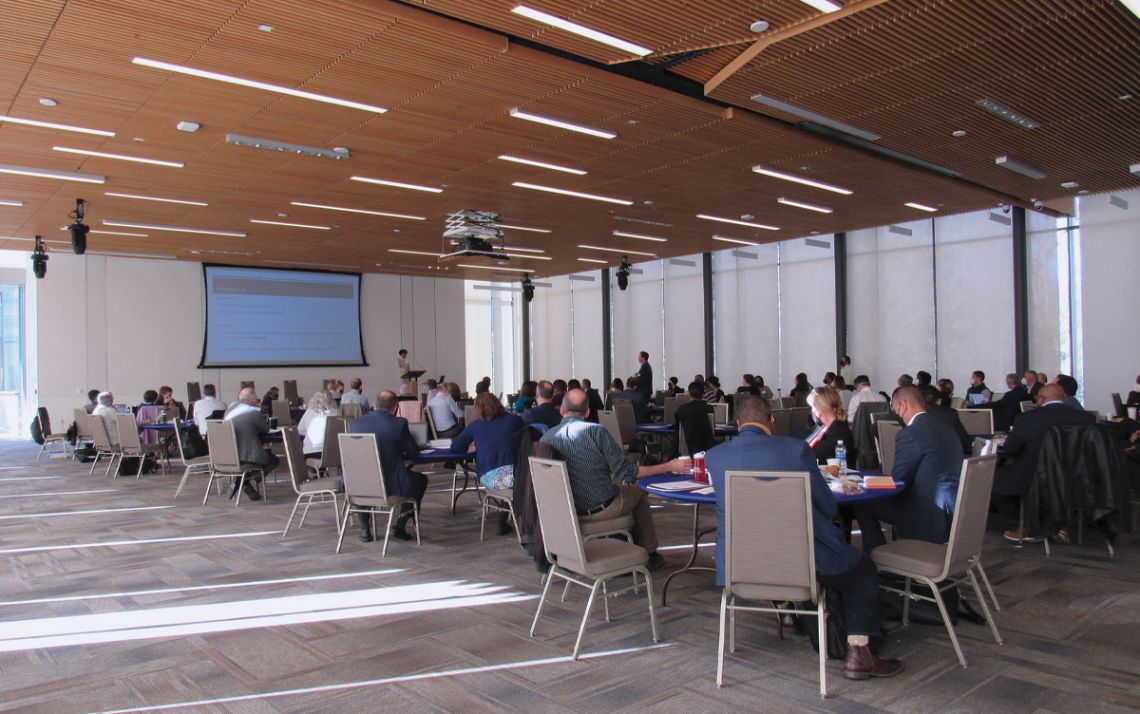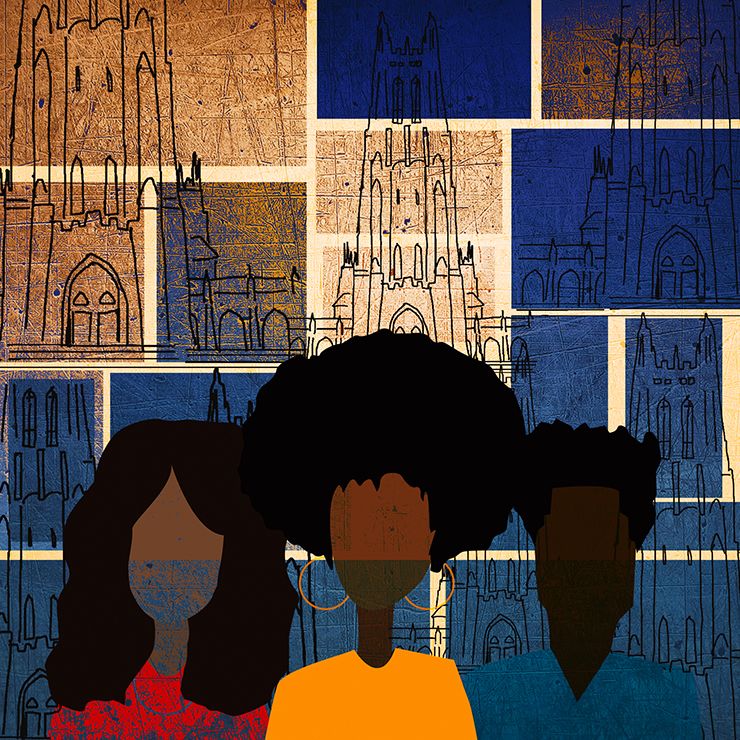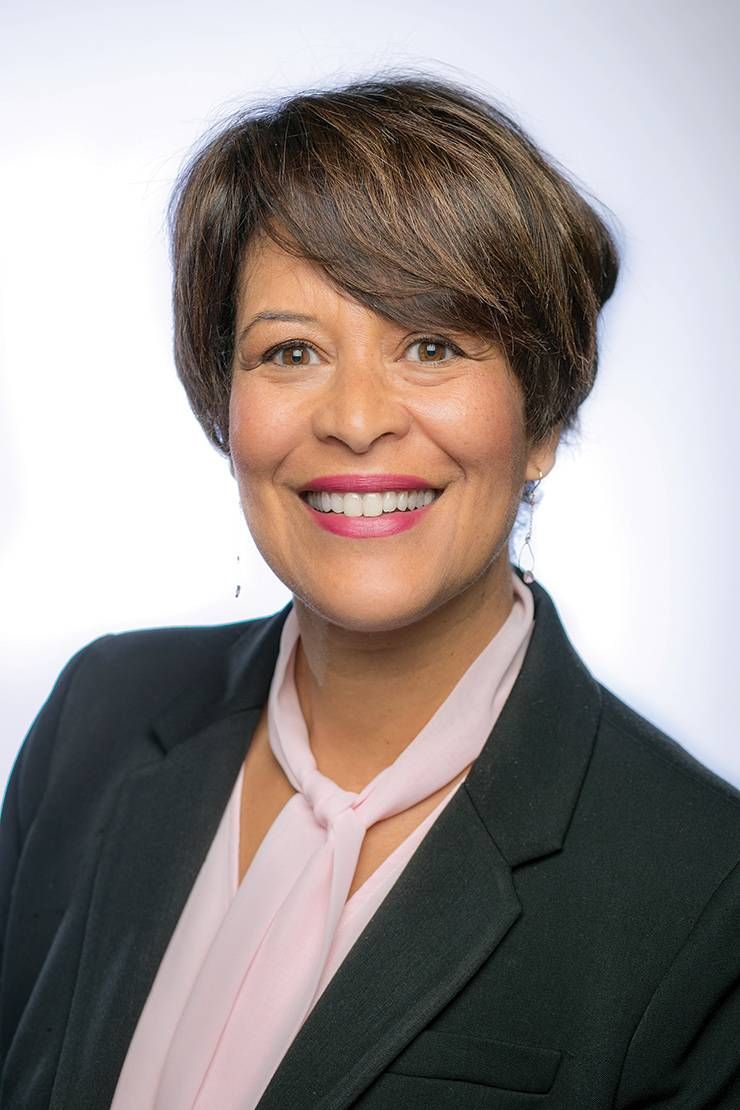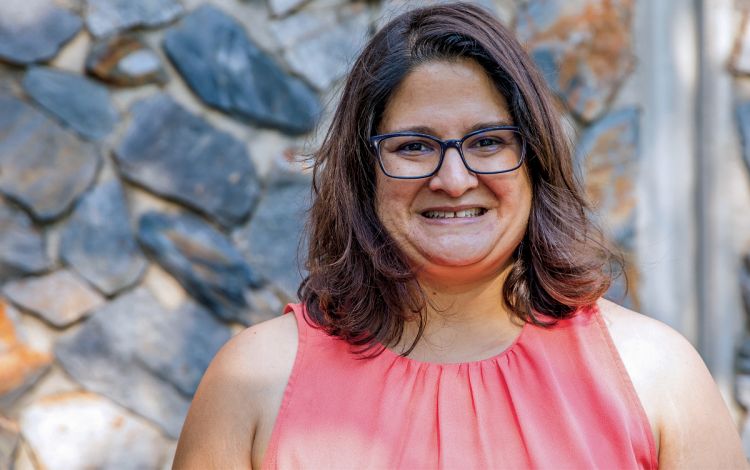The Harmful Effects of Microaggressions
Microaggressions are hostile or negative slights or acts of discrimination along racial, socioeconomic, religious, gender or sexual identities

During a meeting, a Black staff member might be labeled as aggressive by a colleague for speaking up to voice an opinion.
“Why do you have to be so loud?” a white coworker might ask. “Just calm down.”
The verbal interaction, whether intentionally biased or not, is an example of a microaggression. Microaggressions are hostile, derogatory, or negative slights or acts of discrimination along racial, socioeconomic, religious, gender or sexual identities.
The 2021 Duke Diversity, Equity and Inclusion Climate Survey, the first survey of its kind that measured experiences of Duke University community members, revealed that among 12,751 respondents, more than half of Black, Hispanic, Asian, female, and LGBTQ+ members of the Duke community reported experiencing microaggressions in the past year.
In the survey, 74 percent of Black faculty and 44 percent of Black staff said that they’ve experienced microaggressions very often to sometimes in the past year.
Kimberly Hewitt, vice president for Institutional Equity and Chief Diversity Officer at Duke, said microaggressions negatively affect an institution’s climate and culture, particularly a community member’s productivity and health.
“It inhibits your ability to do your work because you don’t feel welcome,” Hewitt said. “You don’t feel like you’re going to thrive in a place where there are some perceptions that are based on negative stereotypes about your identity.”
Most often, an underlying cause of microaggressions is that people are not in relationships with diverse people. When people get to know each other, communication lines open. Someone hurt by a comment, or someone who witnessed a slight, may be more comfortable engaging in a conversation about it.
“If you haven’t spent time with someone of a different race, of a different gender identity, that’s the space where you have less understanding,” Hewitt said.
In the campus survey, faculty, staff and students said opportunities for social interaction would be a useful resource to prevent instances of discrimination and microaggressions.
When Shruti Desai, associate vice president of Student Affairs for Campus Life, joined Duke in 2021, she learned more about Jewish culture from Joyce Gordon, director of Jewish Life at Duke. That positive exposure has helped Desai serve students and expand her own understanding of microaggressions.
“It’s made me a better advocate of Jewish students,” said Desai, who is Indian American. “Microaggressions around Jewish identity are not something that I’ve always picked up on. Now, I’ve been educated to pay attention to those things.” 
The Campus Climate & Assessment Subcommittee is creating a plan for how individual units and departments can improve the experience of underrepresented groups at Duke. Taking personal responsibility to build relationships with community members who are different is a positive first step, Hewitt said.
“At the institutional level, we can’t change the whole place a lot,” she said. “It has to happen at the local level.”